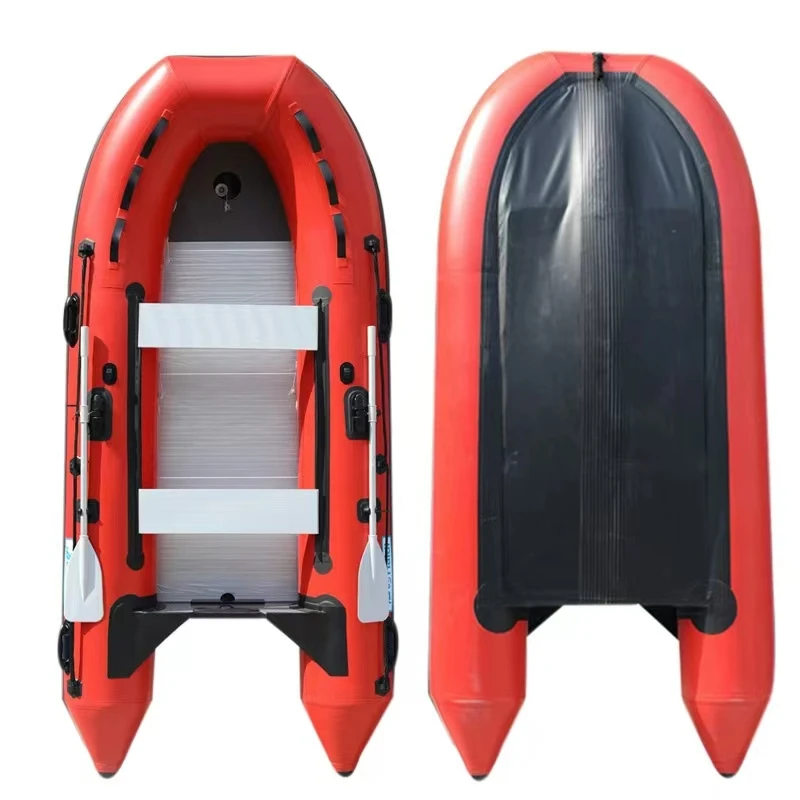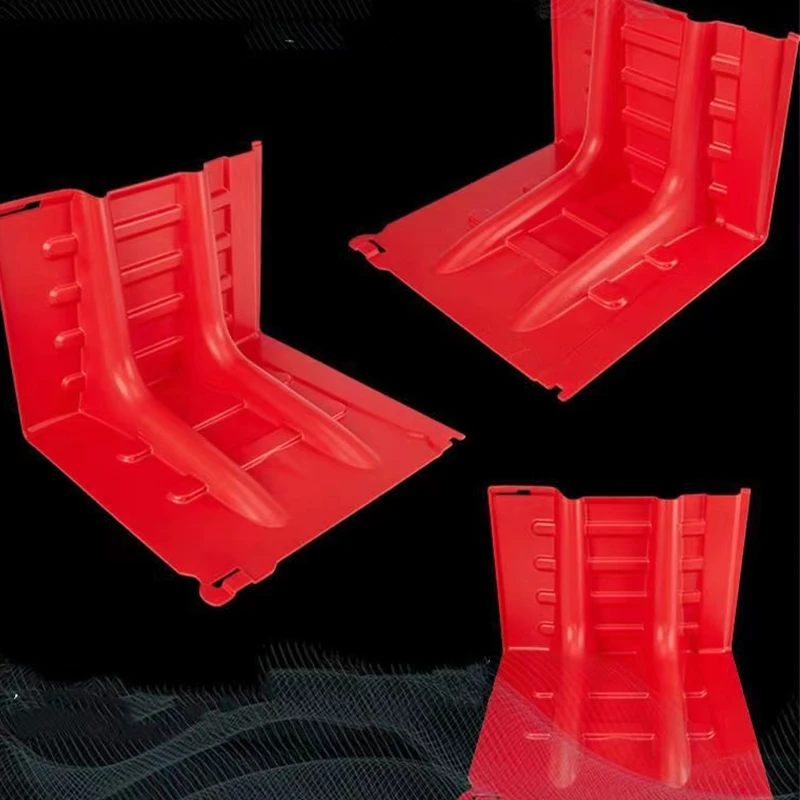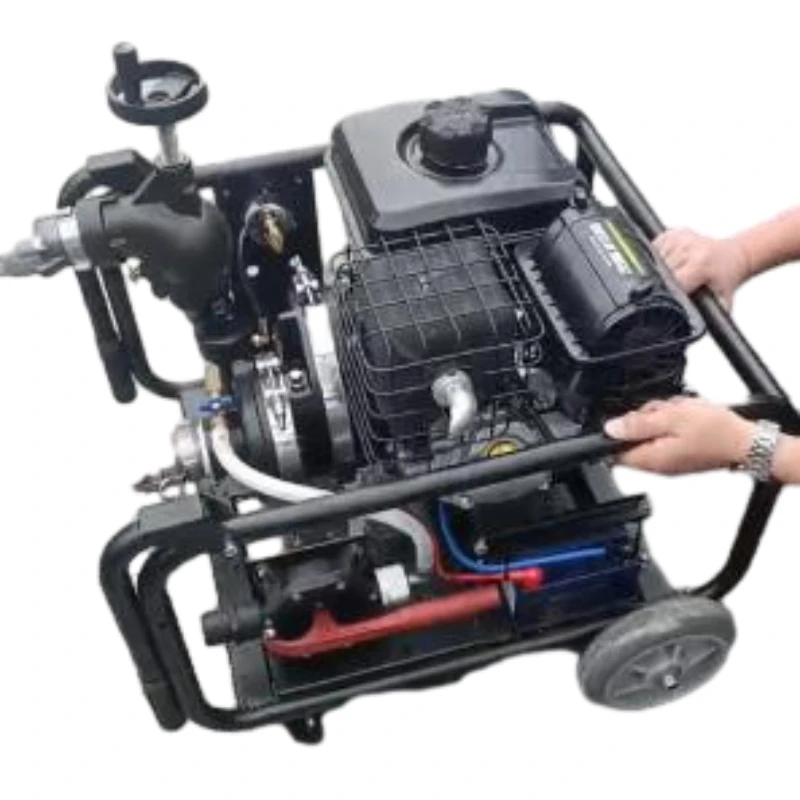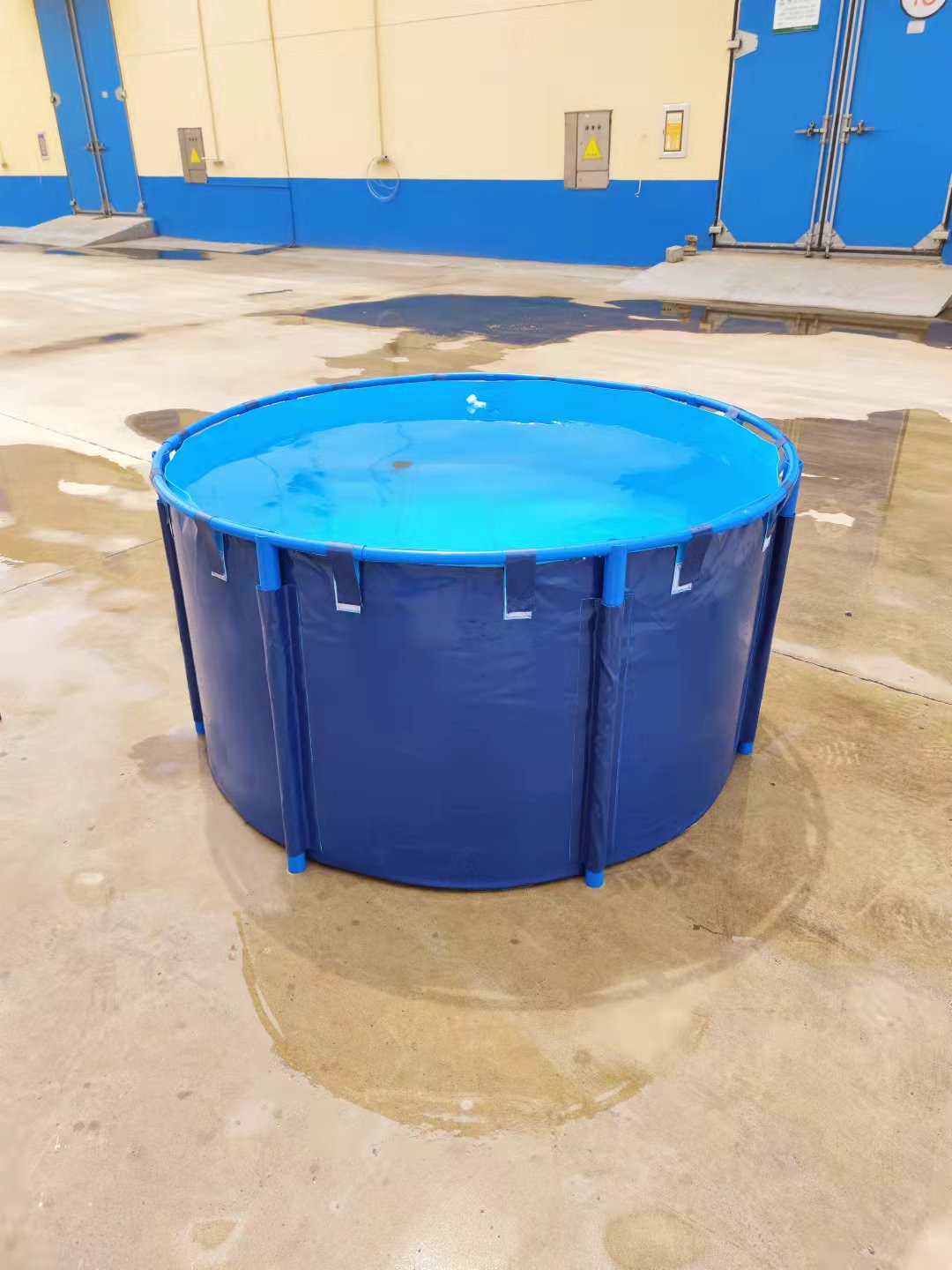In critical situations demanding rapid response and uncompromised reliability, the Mini Lightweight Portable Fire Pump emerges as an indispensable tool for emergency services, industrial facilities, and remote operations. Engineered for efficiency and ease of deployment, these compact powerhouses are redefining immediate fire suppression capabilities. This comprehensive overview delves into the intricate aspects of their design, manufacture, application, and strategic advantages for B2B stakeholders.
Industry Trends and Market Dynamics
The fire safety industry is undergoing significant transformation, driven by demands for increased mobility, environmental responsibility, and enhanced operational efficiency. Current trends highlight a shift towards smaller, more versatile equipment capable of rapid deployment in diverse and often challenging environments. This includes advancements in engine technology for reduced emissions, higher power-to-weight ratios, and improved fuel efficiency. Moreover, the integration of smart technologies, while still nascent in purely mechanical pumps, influences overall system design, promoting compatibility with broader emergency response ecosystems. The global market for portable fire pumps is projected to grow, fueled by urbanization, industrial expansion, and an increasing focus on disaster preparedness, particularly in regions prone to wildfires or with limited access for larger fire apparatus. The demand for a Mini Lightweight Portable Fire Pump is particularly strong in sectors requiring agile response, such as forestry, marine, construction, and remote industrial sites.
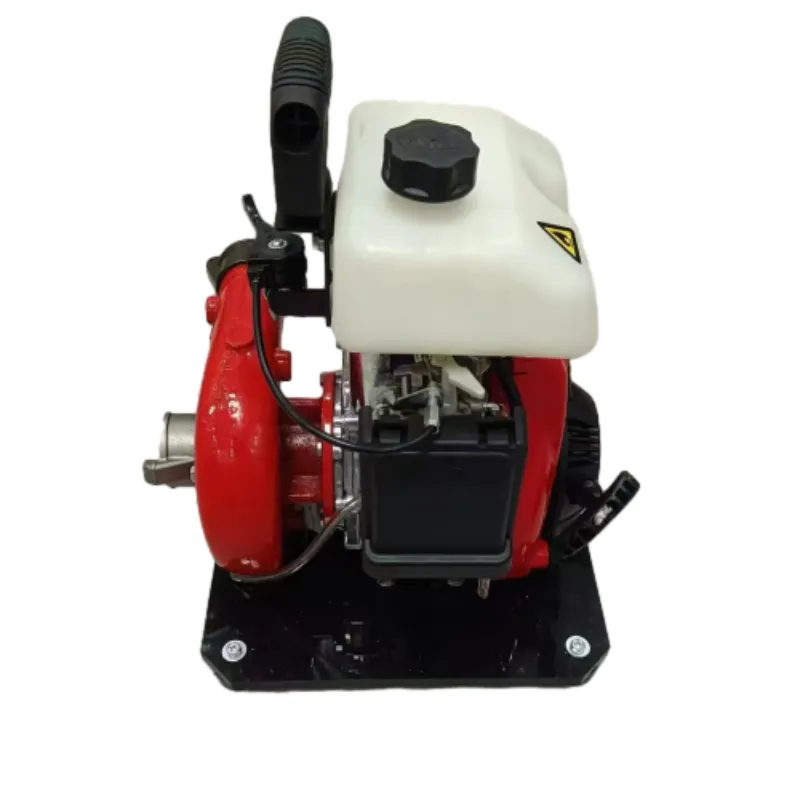
Manufacturing Process Flow and Quality Assurance
The production of a Mini Lightweight Portable Fire Pump is a meticulously engineered process, ensuring each unit meets stringent performance and reliability standards. From raw material sourcing to final assembly and testing, every stage adheres to recognized international benchmarks.
Key Manufacturing Stages:
- Material Sourcing & Preparation: High-grade materials are selected for optimal performance and durability. This includes lightweight, corrosion-resistant aluminum alloys for pump casings and engine blocks, stainless steel for impellers and shafts (minimizing cavitation erosion), and durable composite materials for ancillary components. All materials undergo initial quality checks to meet chemical composition and mechanical property specifications.
-
Component Manufacturing:
- Casting/Forging: Pump housings and critical engine parts are often produced via precision casting of aluminum alloys, followed by heat treatment to enhance mechanical properties. Forging may be used for high-stress components.
- CNC Machining: Advanced Computer Numerical Control (CNC) machining centers are employed to achieve tight tolerances for impellers, volutes, and engine components. This ensures optimal hydraulic efficiency and precise engine timing.
- Surface Treatment: Components exposed to water or harsh environments undergo specialized surface treatments, such as anodizing for aluminum parts or passivation for stainless steel, to enhance corrosion resistance and prolong service life.
- Engine Assembly: The power unit, typically a robust gasoline or diesel engine, is assembled with precision, including crankshaft, piston, cylinder head, and fuel delivery systems. Each engine is tested independently for power output, emissions, and stability.
- Pump Assembly: The hydraulic end, comprising the impeller, volute, seals, and suction/discharge ports, is carefully assembled. Critical attention is paid to seal integrity to prevent leaks and maintain priming capability.
- Final Assembly & Integration: The engine and pump units are integrated onto a lightweight, robust frame, often designed for ergonomic portability. Control panels, fuel tanks, and protective enclosures are added.
-
Performance & Quality Testing: Each finished pump undergoes rigorous testing:
- Hydraulic Performance Test: Verification of flow rate, pressure head, and self-priming capability against design specifications.
- Engine Endurance Test: Operation under varying loads for extended periods to ensure reliability.
- Vibration & Noise Analysis: To ensure operational comfort and regulatory compliance.
- Leakage & Durability Tests: Simulating real-world conditions to confirm structural integrity and seal effectiveness.
Testing Standards: All manufacturing and testing protocols strictly adhere to international standards such as ISO 9001 for quality management, NFPA 1925 (Standard on Portable, Skid-Mounted, and Trailer-Mounted Fire Pump Systems) for fire service equipment, and ANSI specifications where applicable. This commitment to quality ensures a service life often exceeding 10 years with proper maintenance, even in demanding environments.
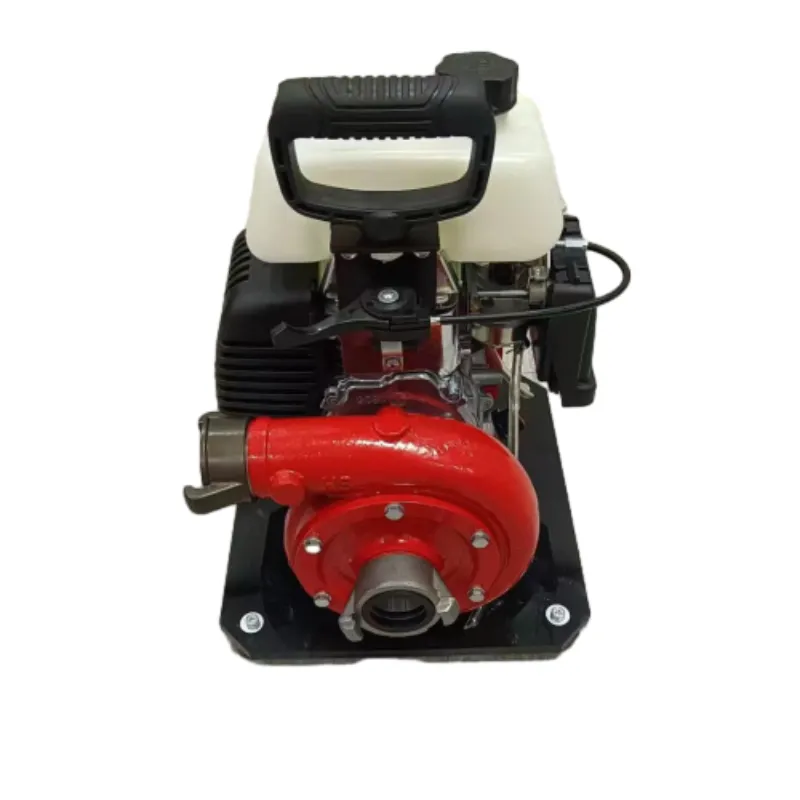
Technical Specifications and Performance Parameters
Understanding the detailed technical specifications of a Mini Lightweight Portable Fire Pump is crucial for effective deployment and integration into existing emergency response strategies. These pumps are characterized by a balance of power, portability, and hydraulic efficiency.
Representative Product Specification Table:
| Parameter | Value/Description |
|---|---|
| Engine Type | 4-stroke, Air-cooled Gasoline Engine |
| Engine Displacement | Typically 160-250 cc |
| Rated Power Output | 5-10 HP (3.7-7.5 kW) |
| Max Flow Rate | Up to 600-1200 liters/minute (LPM) |
| Max Pressure Head | Up to 60-100 meters (6-10 bar) |
| Self-Priming Time | Typically |
| Suction Port Diameter | 1.5" - 2.5" (38mm - 65mm) |
| Discharge Port Diameter | 1.5" - 2.5" (38mm - 65mm) |
| Dry Weight | Typically 20-40 kg (45-90 lbs) |
| Dimensions (L x W x H) | E.g., 500 x 400 x 450 mm |
| Fuel Tank Capacity | 2-4 liters |
| Operating Time (Full Load) | 1.5-2.5 hours |
| Start Method | Recoil start (Electric start optional) |
| Impeller Type | Closed, Centrifugal, often Bronze/Stainless Steel |
The term 'power-to-weight ratio' is a critical metric for these pumps, indicating their efficiency in delivering hydraulic power relative to their mass. A high power-to-weight ratio ensures that personnel can transport and deploy the pump quickly, even in challenging terrain. Modern designs also focus on minimizing 'cavitation', a phenomenon where rapid pressure changes within the pump form vapor bubbles that collapse, causing noise, vibration, and damage to impeller surfaces. Engineered volutes and impeller designs mitigate this, ensuring smoother operation and extended component life.
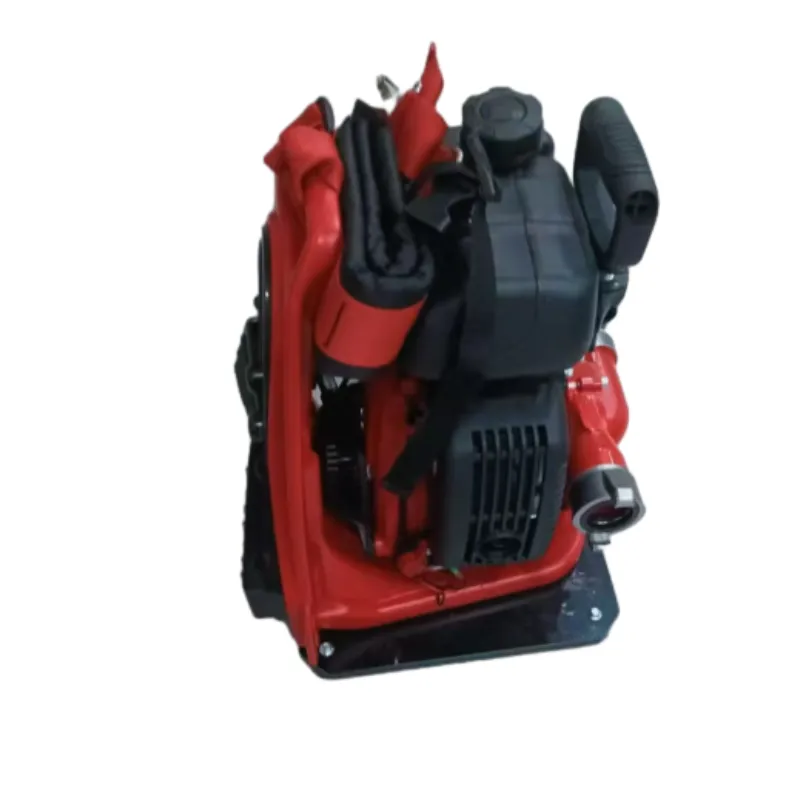
Application Scenarios and Strategic Advantages
The versatility of a Mini Lightweight Portable Fire Pump makes it indispensable across a spectrum of industries and emergency response situations. Its core advantage lies in its ability to access remote areas and provide immediate water transfer capabilities where traditional fire apparatus cannot.
Target Industries and Applications:
- Forestry and Wildfire Suppression: Crucial for establishing fire breaks, direct attack on brush fires, and refilling smaller water tenders in rugged, off-road terrain. Their ability to draft from natural water sources (lakes, rivers, ponds) is paramount.
- Emergency Services & Disaster Relief: Essential for initial attack in urban interface fires, dewatering operations post-flood, and maintaining water supply in areas with compromised infrastructure.
- Petrochemical & Industrial Facilities: Provides supplementary fire protection, particularly in areas with limited hydrant access or during maintenance shutdowns. The corrosion resistance of components is vital here, given exposure to various chemicals.
- Construction Sites: Utilized for dust suppression, dewatering excavations, and providing immediate fire protection where combustible materials are present.
- Marine & Shipping: Onboard fire protection for smaller vessels, bilge pumping, and washdown operations.
- Agriculture: Irrigation for remote crops, livestock watering, and fire protection for farm structures.
Demonstrated Advantages:
- Rapid Deployment: The lightweight nature and compact design enable single-person transport and quick setup, drastically reducing response times in critical scenarios.
- Versatile Water Sourcing: Equipped with robust self-priming capabilities, they can draw water from diverse natural and artificial sources up to 7-8 meters of suction lift, bypassing reliance on municipal water infrastructure.
- Energy Efficiency: Modern engines and optimized hydraulic designs contribute to lower fuel consumption per unit of water pumped, leading to cost savings and reduced environmental impact ("energy saving").
- Corrosion Resistance: Utilizing materials like marine-grade aluminum alloys and stainless steel ensures longevity and reliable performance even when exposed to brackish water, saltwater, or mild industrial effluents.
- Low Maintenance: Designed for demanding use, these pumps typically feature straightforward maintenance requirements, ensuring high operational readiness.
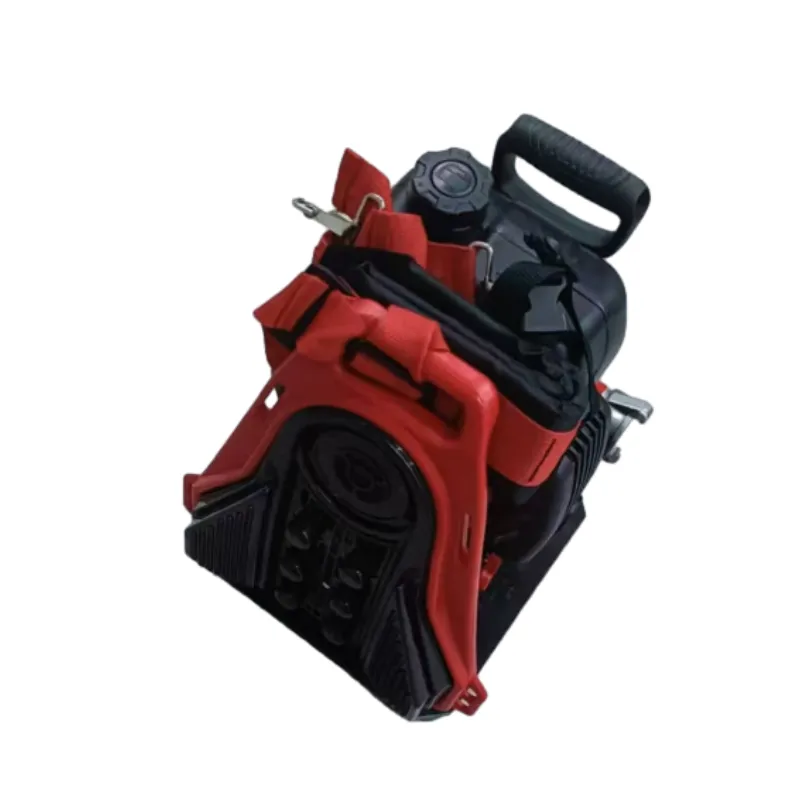
Vendor Comparison and Customized Solutions
When selecting a Mini Lightweight Portable Fire Pump, B2B purchasers must consider various factors beyond basic specifications, including vendor reputation, customization capabilities, and after-sales support.
Comparative Overview (Illustrative):
| Feature | Vendor A (Premium) | Vendor B (Mid-Range) | Vendor C (Budget-Friendly) |
|---|---|---|---|
| Max Flow (LPM) | 1200 | 900 | 700 |
| Max Pressure (Bar) | 10 | 8 | 6 |
| Dry Weight (kg) | 28 | 35 | 42 |
| Engine Brand | Honda/Briggs & Stratton | Kohler/Generic OEM | Generic OEM |
| Key Features | Electric Start, Composite Impeller, Integrated Fuel Gauge | Recoil Start, Aluminum Impeller | Recoil Start, Cast Iron Impeller |
| Certifications | NFPA, CE, ISO 9001 | CE, ISO 9001 | Basic CE |
FFW Fire Safety, with decades of expertise, positions itself as a provider of premium, certified solutions, focusing on robust construction and adherence to critical safety standards like NFPA 1925.
Customized Solutions:
Recognizing that every operational context is unique, leading manufacturers offer customized solutions for their Mini Lightweight Portable Fire Pump models. These can include:
- Alternative Fuel Systems: Options for LPG (propane) or diesel engines for specific industrial safety requirements or fuel commonality.
- Specialized Coatings: Enhanced corrosion protection for marine or chemical environments.
- Connectivity & Monitoring: Integration of telemetry modules for remote monitoring of fuel levels, run time, and pressure (for advanced applications).
- Customizable Frame Designs: Specialized mounting points for vehicles, alternative carrying handles, or skid-mount options.
- Hose & Nozzle Packages: Bundled solutions tailored to specific flow and pressure demands, including various connection types (e.g., Storz, NH, forestry).
Our approach involves close consultation with clients to understand their precise operational needs, ensuring the delivered pump system is perfectly aligned with their technical and logistical requirements.

Application Case Studies
Real-world deployments underscore the effectiveness and reliability of mini lightweight portable fire pumps in diverse and demanding scenarios.
Case Study 1: Wildfire Suppression in Remote Wilderness
During a severe wildfire season in a mountainous region, conventional fire trucks were unable to access deep into the affected forest. Local forestry services deployed several units of our Mini Lightweight Portable Fire Pump. Personnel were able to hand-carry these pumps to strategic locations along fire lines. Leveraging their self-priming capability, the pumps drew water directly from small creeks and portable bladders established by helicopters. This allowed firefighters to maintain continuous water pressure for hose lines, successfully containing spot fires and protecting critical infrastructure that was otherwise unreachable. Customer feedback highlighted the pumps' robust build quality and consistent performance under extreme operating conditions.
Case Study 2: Industrial Facility Emergency Response
An incident at a chemical processing plant required immediate localized fire suppression while primary systems were being activated. Due to a complex pipe network and hazardous material concerns, large apparatus couldn't approach immediately. An industrial safety team rapidly deployed a mini lightweight portable fire pump from their emergency cache. The pump was quickly positioned to draft from a nearby retention pond, providing a rapid-response deluge that prevented a minor incident from escalating into a major catastrophe. The corrosion-resistant components of the pump were crucial in handling potential exposure to mild chemical residues in the pond water, demonstrating exceptional resilience and reliability.
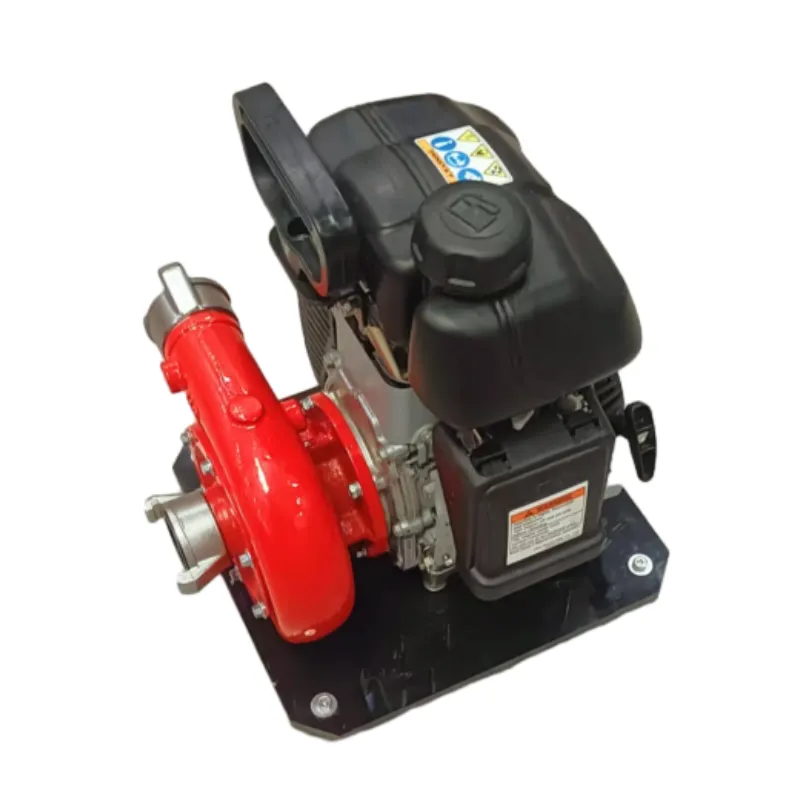
Commitment to Trust and Support
Frequently Asked Questions (FAQ)
What is the typical lead time for a Mini Lightweight Portable Fire Pump order?
Standard orders typically have a lead time of 2-4 weeks, depending on stock availability and customization requirements. For urgent or large-volume orders, please contact our sales team for expedited fulfillment options.
What warranty is offered on these pumps?
We provide a comprehensive 2-year manufacturer's warranty covering defects in materials and workmanship. Extended warranty options and service contracts are also available.
Are spare parts readily available?
Yes, a full range of genuine spare parts is maintained in stock for prompt dispatch. Our technical support team can assist with part identification and ordering.
Can these pumps be used with saltwater or chemical agents?
Our pumps are engineered with corrosion-resistant components suitable for saltwater. For chemical agents, please consult our technical team with the specific chemical composition for compatibility assessment and recommendations for specialized pumps or coatings.
Lead Time and Fulfillment
We maintain a streamlined supply chain and robust production capabilities to ensure timely delivery. Standard lead times range from 14 to 28 days for most configurations. For urgent requirements or large-scale project deployments, our dedicated logistics team works closely with clients to establish expedited shipping and fulfillment schedules, including global distribution capabilities.
Warranty and After-Sales Support
Our commitment extends beyond the point of sale. Each Mini Lightweight Portable Fire Pump is backed by a comprehensive warranty, typically 2 years from the date of purchase, covering manufacturing defects. We offer extensive after-sales support, including a dedicated technical helpline, online resources for troubleshooting, scheduled maintenance programs, and a global network of authorized service centers. Training for operational and maintenance staff is also available to ensure optimal performance and longevity of your investment.
References
- NFPA 1925: Standard on Portable, Skid-Mounted, and Trailer-Mounted Fire Pump Systems. National Fire Protection Association.
- ISO 9001: Quality management systems – Requirements. International Organization for Standardization.
- U.S. Forest Service: Wildland Fire Technology and Equipment.
- Journal of Fire Sciences: Advances in Portable Pumping Technologies.
- EPA Emission Standards for Small Engines (relevant for engine components).









